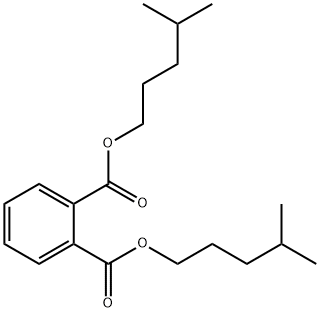CHEMICAL AND PHYSICAL PROPERTIES
| Kovats Retention Index | 2061.2 2073.4 |
|---|
SAFETY INFORMATION
| Signal word | Danger |
|---|---|
| Pictogram(s) |
 Health Hazard GHS08 |
| GHS Hazard Statements |
H360:Reproductive toxicity |
| Precautionary Statement Codes |
P201:Obtain special instructions before use. P202:Do not handle until all safety precautions have been read and understood. P280:Wear protective gloves/protective clothing/eye protection/face protection. P308+P313:IF exposed or concerned: Get medical advice/attention. P405:Store locked up. P501:Dispose of contents/container to..… |
COMPUTED DESCRIPTORS
| Molecular Weight | 334.4 g/mol |
|---|---|
| XLogP3 | 6.3 |
| Hydrogen Bond Donor Count | 0 |
| Hydrogen Bond Acceptor Count | 4 |
| Rotatable Bond Count | 12 |
| Exact Mass | 334.21440943 g/mol |
| Monoisotopic Mass | 334.21440943 g/mol |
| Topological Polar Surface Area | 52.6 Ų |
| Heavy Atom Count | 24 |
| Formal Charge | 0 |
| Complexity | 340 |
| Isotope Atom Count | 0 |
| Defined Atom Stereocenter Count | 0 |
| Undefined Atom Stereocenter Count | 0 |
| Defined Bond Stereocenter Count | 0 |
| Undefined Bond Stereocenter Count | 0 |
| Covalently-Bonded Unit Count | 1 |
| Compound Is Canonicalized | Yes |
PRODUCT INTRODUCTION
description
Diisohexyl phthalate is a phthalate ester. Phthalate esters are esters of phthalic acid and are mainly used as plasticizers, primarily used to soften polyvinyl chloride. They are found in a number of products, including glues, building materials, personal care products, detergents and surfactants, packaging, children's toys, paints, pharmaceuticals, food products, and textiles. Phthalates are hazardous due to their ability to act as endocrine disruptors. They are being phased out of many products in the United States and European Union due to these health concerns. (L1903)

